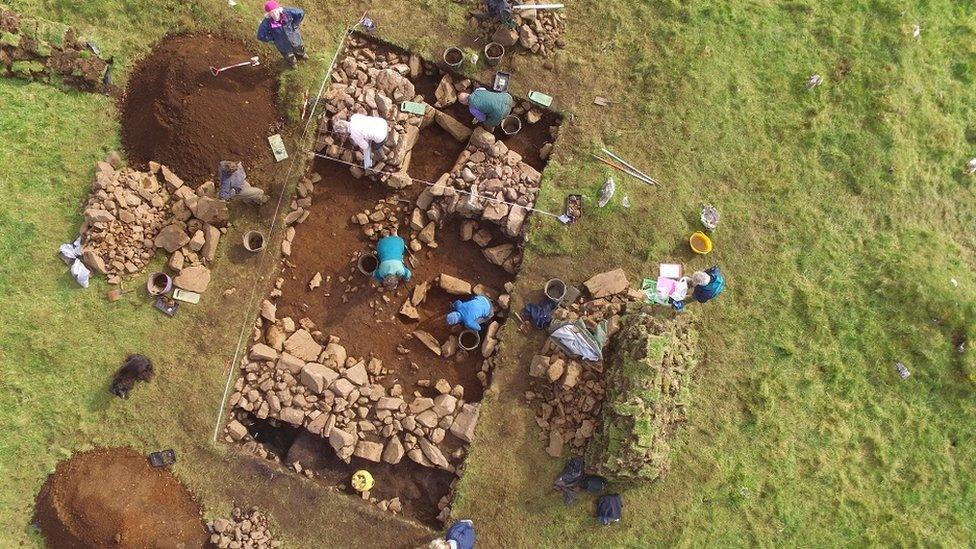Medieval graffiti at risk from the weather
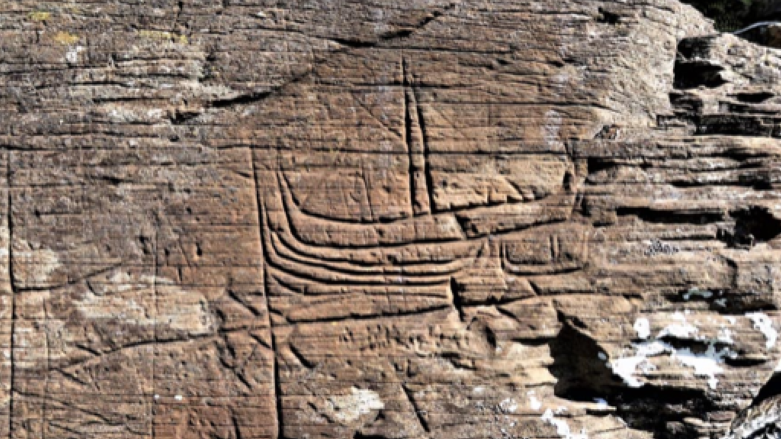
Medieval graffiti on stonework on Luing
- Published
Graffiti carved into a church's wall almost 800 years ago is at risk of being lost to the effects of wind and rain.
The pictures at Kilchattan Old Parish Church on the tiny Argyll island of Luing are of Viking-style longboats.
Luing History Group is worried the medieval graffiti could be weathered away before it can be properly studied.
Theories about the rough carvings include that they show boats of Scottish King Alexander II, or the fleet of King Haakon of Norway in the build up to the 1263 Battle of Largs - dubbed The Last Battle of the Vikings.
It has also been suggested the graffiti may have been left by children, external because the carvings are low down on the wall.
Mary Braithwaite, of Luing History Group, believes the carvings are unique and should be studied in detail before the weather damages them further.
She said: "There is one stone with a whole fleet of longboats. It's quite dramatic.
"They have been associated with the Scots king, Alexander II, in 1249.
"My own theory is that at least some of them are Norse and more associated with Norwegian expeditions."
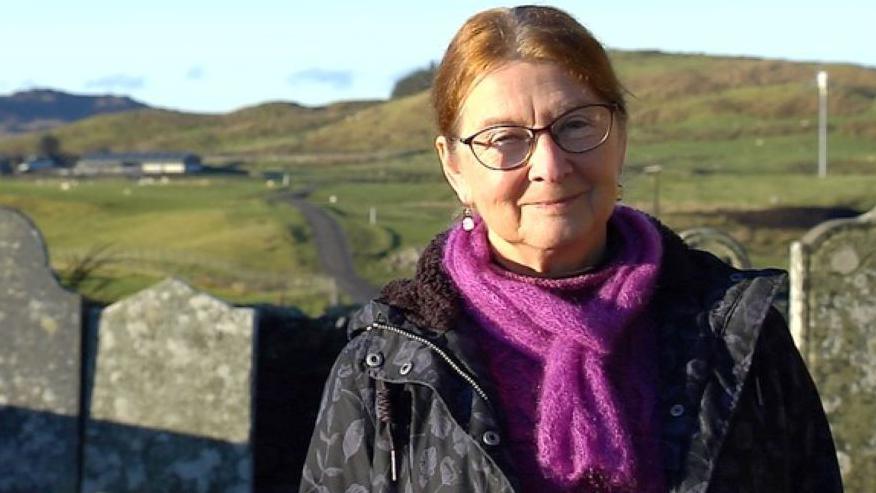
Mary Braithwaite says the carvings have already suffered some damage
Ms Braithwaite added: "We would really like much more thorough research to be done on them.
"They are not preserved at all.
"They are completely in the open air. They have survived some damage through wind and rain.
"They are deserving of a lot more attention."
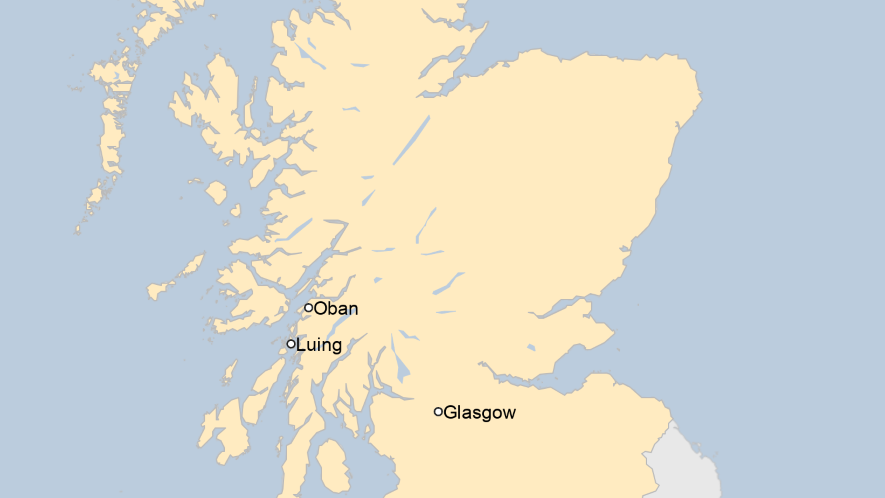
Luing, south of Oban, is only seven miles (11km) long and has a population of just over 160.
The island used to have more than a thousand residents when slate quarries in the area were in full production in the late 19th and early 20th centuries.
Eight hundred years ago Luing was strategically important.
The island was in the middle of the sea route between the northern and southern half of the old kingdom controlled by The Lords of The Isles, a succession of powerful nobles.
In Gaelic, the longboats that were used in the Hebrides at the time were called birlinn.
Related topics
- Published12 December 2022
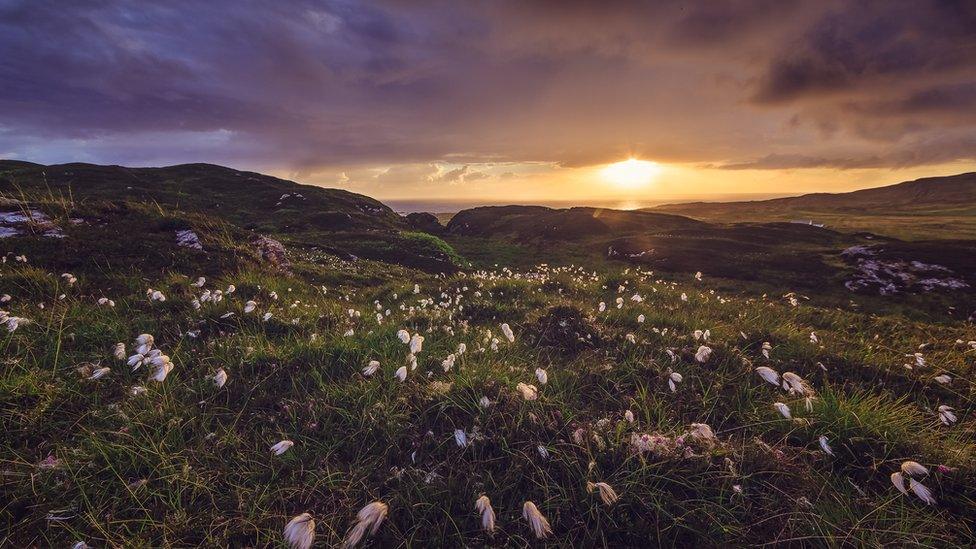
- Published3 October 2022
